All quarter moons of 2022
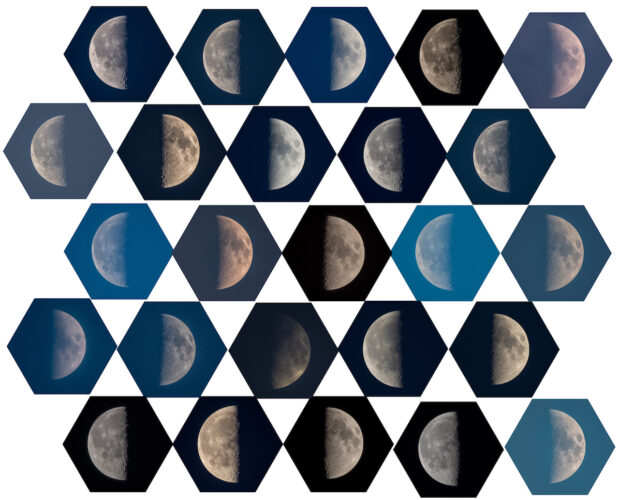
Nel 2022 mi sono dedicata alla raccolta dei quarti di Luna: primo quarto e ultimo quarto.
Ho cercato di riprendere la Luna, più prossima ad una illuminazione del 50%, quando il terminatore fosse stato perpendicolare all’orizzonte e ciò accadeva sempre poco prima o poco dopo il tramonto del Sole (per il primo quarto) e poco prima o poco dopo l’alba (ultimo quarto).
In 2022 I devoted myself to collecting quarter moons: first quarter and last quarter.
I tried photographing the Moon, closer to 50% illumination, when the terminator was perpendicular to the horizon and it was always just before or after sunset (for first quarter) and just before or after sunrise (last quarter).
- A quarter of the moon of 2021/2022 and the terminator perpendicular to the horizon
A quarter of the moon of 2021/2022 and the terminator perpendicular to the horizon
All’interno del mese sinodico o mese lunare, la fase del primo quarto si verifica nel giorno 7 e la fase dell’ultimo quarto nel giorno 22
La luna al primo e ultimo quarto ha la caratteristica che sorge o tramonta a mezzanotte o a mezzogiorno e che ci tiene compagnia in cielo per metà giornata.
La Luna al Primo Quarto sorge a mezzogiorno e tramonta a mezzanotte, la Luna all’ultimo quarto sorge a mezzanotte e tramonta a mezzogiorno.
Al primo quarto nell’emisfero boreale , la metà destra della Luna è illuminata, mentre la metà sinistra è illuminata nell’emisfero australe . Vicino all’equatore , la parte superiore è luminosa dopo il sorgere della luna e la parte inferiore è luminosa prima del tramonto della luna.
All quarter moon of 2022
Alcune particolarità del quarto di Luna:
- Si chiama quarto di Luna perché, oltre ad aver percorso ¼ della sua orbita, la parte illuminata che stiamo osservando corrisponde a metà faccia della Luna esposta verso la Terra ma a ¼ di tutta la Luna.
- Durante l’ultimo quarto il terminatore si muove mostrando il tramonto sulla superficie lunare.
- Durante il primo quarto il terminatore si muove mostrando l’alba sulla superficie lunare
- La zona dei crateri in prossimità del terminatore è molto ricca per le osservazioni e forse anche per questo questa fase è stata scelta come prima ripresa fotografica astronomica.
- La prima fotografia astronomica risale al 23 Marzo del 1840 e riprende la Luna all’ultimo quarto. A scattarla fu l’astronomo Draper https://commons.wikimedia.org/wiki/File:John_W_Draper-The_first_Moon_Photograph_1840.jpg
- draper-moon-daguerreotype
- Il 2022 è stato anche un anno importante per la missione Artemis1 e il giorno della partenza è avvenuto il 16 Novembre quando la Luna era all’ultimo quarto.
- Il mese di Novembre ha anche contenuto 3 fasi di quarto di Luna: l’1st, il 16th e il 30th
- Nel primo quarto di Luna, lungo il terminatore, si possono osservare delle pareidolie: Lunar x e lunar V (la Luna del 9 febbraio mostra una migliore visione)
https://apod.nasa.gov/apod/ap180301.html
- La mezza luna ha una particolare importanza nella navigazione, sia a terra che in mare, in quanto consente di determinare la posizione del punto cardinale nord o sud. Per la navigazione a terra, ad esempio, la mezza luna può essere usata per determinare la direzione del nord geografico, poiché l’arco della mezza luna si estende da est a ovest, con l’orizzonte che taglia la mezza luna in modo perpendicolare alla sua direzione. Guardando verso la mezza luna e trovando il punto medio tra i due estremi luminosi, si può individuare la direzione nord-sud. Inoltre, per la navigazione in mare, la mezza luna può essere utilizzata per determinare la latitudine della nave. Quando la Luna è al suo punto più alto nel cielo notturno, il suo arco appare orizzontale e taglia il meridiano locale in modo perpendicolare. Misurando l’angolo tra la mezza luna e l’orizzonte, si può calcolare la latitudine della nave.
- La mezza luna può anche essere utilizzata per stimare l’ora locale. Sapendo che la mezza luna si trova a metà del suo percorso tra il sorgere e il tramonto del Sole, si può stimare l’ora locale guardando la posizione della mezza luna nel cielo.
In passato, quando le tecniche di navigazione erano meno sofisticate, la mezza luna era uno strumento molto utile per i navigatori, che si affidavano alle stelle e ai pianeti per orientarsi nel cielo notturno e per calcolare la propria posizione sulla Terra o in mare. Oggi, con l’avvento di tecnologie come il GPS, la mezza luna non è più l’unica fonte di orientamento per i navigatori, ma rimane comunque un’importante risorsa per la navigazione tradizionale e per gli appassionati di astronomia.
Some peculiarities of the quarter moon:
1) It is called a quarter of the Moon because, in addition to having covered ¼ of its orbit, the illuminated part we are observing corresponds to half the face of the Moon exposed towards the Earth but to ¼ of the whole Moon.
2) During the last quarter the terminator moves showing the sunset on the lunar surface.
During the first quarter the terminator moves showing the sunrise on the lunar surface
3) The area of the craters near the terminator is very rich for observations and perhaps also for this reason this phase was chosen as the first astronomical photographic shot.
4) The first astronomical photography dates back to March 23, 1840 and takes up the Moon in the last quarter. It was taken by the astronomer Draper https://commons.wikimedia.org/wiki/File:John_W_Draper-The_first_Moon_Photograph_1840.jpg
5) 2022 was also an important year for the Artemis1 mission and the day of departure took place on November 16th when the Moon was in the last quarter.
6) The month of November also contained 3 quarter moon phases: the 1st, 16th and 30th
7) In the first quarter of the Moon, along the terminator, pareidolias can be observed: Lunar x and lunar V (the Moon of February 9 shows a better vision)
https://apod.nasa.gov/apod/ap180301.html
8) The half moon has a particular importance in navigation, both on land and at sea, as it allows to determine the position of the north or south cardinal point. For navigation on land, for example, the half moon can be used to determine the direction of true north, as the crescent’s arc extends from east to west, with the horizon cutting through the crescent perpendicular to its direction. Looking towards the half moon and finding the midpoint between the two extremes of light, the north-south direction can be identified. Also, for navigation at sea, the half moon can be used to determine the ship’s latitude. When the Moon is at its highest point in the night sky, its arc appears horizontal and cuts the local meridian perpendicularly. By measuring the angle between the crescent and the horizon, the ship’s latitude can be calculated.
9) The half moon can also be used to estimate local time. Knowing that the crescent is halfway between sunrise and sunset, local time can be estimated by looking at the crescent’s position in the sky.
Un po’ di statistica:
Il quarto di luna più vicino dell’anno 2022: 25/03/22 distance: 370136 km
Il quarto di luna più lontano dell’anno 2022: 17/10/22 distance: 404280 km
Il quarto di luna fotografato più vicino al 50% di luminosità è stato il 19/8
Il quarto di Luna fotografato che ha raggiunto l’altitudine massima nel momento dello scatto: 18/9/22 h: +79°58’38”
Il quarto di Luna fotografato che ha raggiunto l’altitudine minima nel momento dello scatto: 24/2/22 h: +23°12’56”
Azimut massimo: 16/12/22 – 212°12’41”
Azimut minimo: 9/1/22 – 148°24’51”
A little statistic:
Closest quarter moon of the year 2022: 03/25/22 Distance: 370136 km
Farthest quarter moon of the year 2022: 10/17/22 Distance: 404280 km
The quarter moon photographed closest to 50% brightness was 8/19
The quarter moon photographed that reached the maximum altitude at the moment of the shot: 18/9/22 h: +79°58’38”
The quarter moon photographed which reached the minimum altitude at the moment of the shot: 2/24/22 h: +23°12’56”
Maximum azimuth at the time of shooting: 16/12/22 – 212°12’41”
Minimum azimuth at the time of shooting: 9/1/22 – 148°24’51’’
A conclusione del 2022, raccolte tutte le Lune, con l’aiuto di Stellarium ho posizionato i quarti di luna dove erano presenti nel cielo nel momento dello scatto, ovvero, quando il terminatore sarebbe stato posizionato perpendicolare rispetto all’orizzonte e parallelo al meridiano del sud.
Questo è il risultato ottenuto con Stellarium:
Questa è la ricostruzione che ho fatto su un paesaggio della campagna modicana:
- Con date e il meridiano del Sud evidenziato
Tutte le immagini delle Lune sono state riprese con una camera Nikon D7100 e un Sigma 600mm
- 9/1/22 – 4:42 pm
- 25/1/22 – 7:03 am
- 9/2/22 – 5:34 pm
- 24/2/22 – 7:02 am
- 10/3/22 6:14 pm
- 25/3/22 – 5:56 am
- 9/4/22 – 7:51 pm
- 23/4/22 – 6:08 am
- 8/5/22 – 7:36 pm
- 23/5/22 – 6:14 am
- 7/6/22 – 8:25 pm
- 21/6/22 – 5:44 am
- 6/7/22 8:00 pm
- 20/7/22 – 5:34 am
- 5/8/22 – 8:10 pm
- 19/8/22 – 6:23 am
- 3/9/22 – 7:20 pm
- 18/9/22 7:05 am
- 2/10/22 6:28 pm
- 17/10/22 – 6:46 am
- 1/11/22 – 5:14 pm
- 16/11/22 6:24 am
- 30/11/22 4:42 pm
- 16/12/22 7:12 am
- 29/12/22 4:23 pm

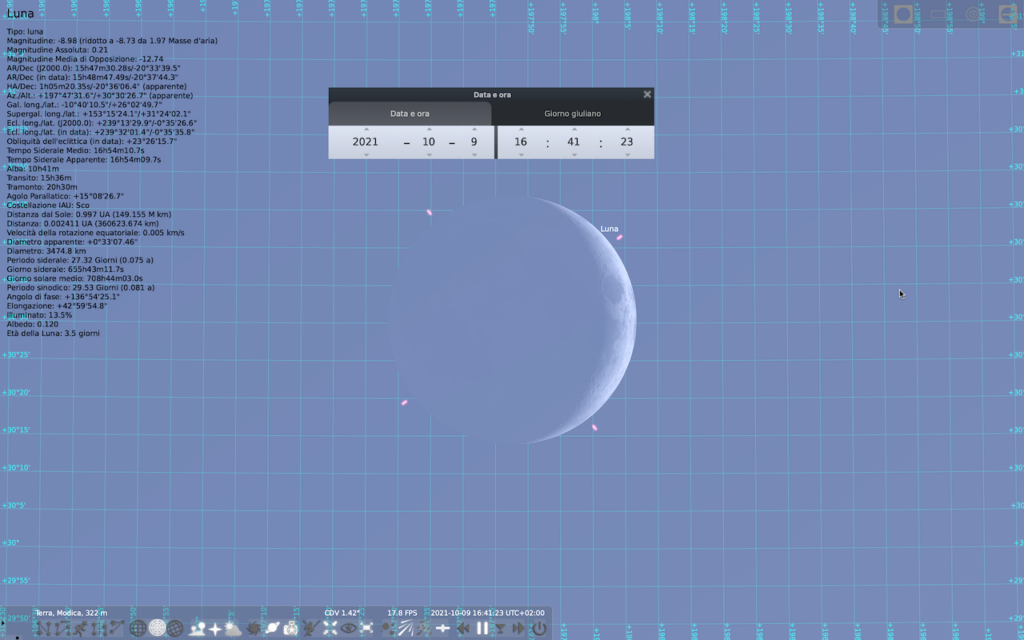
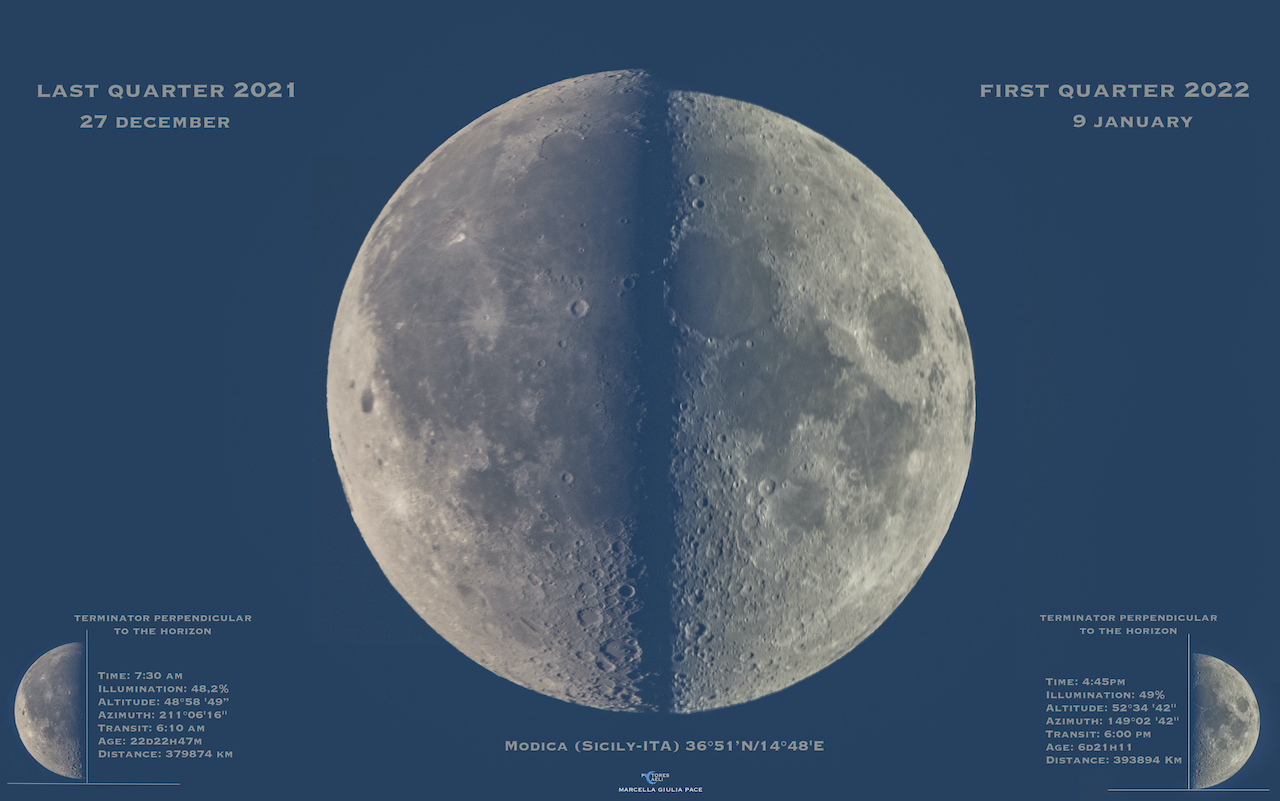
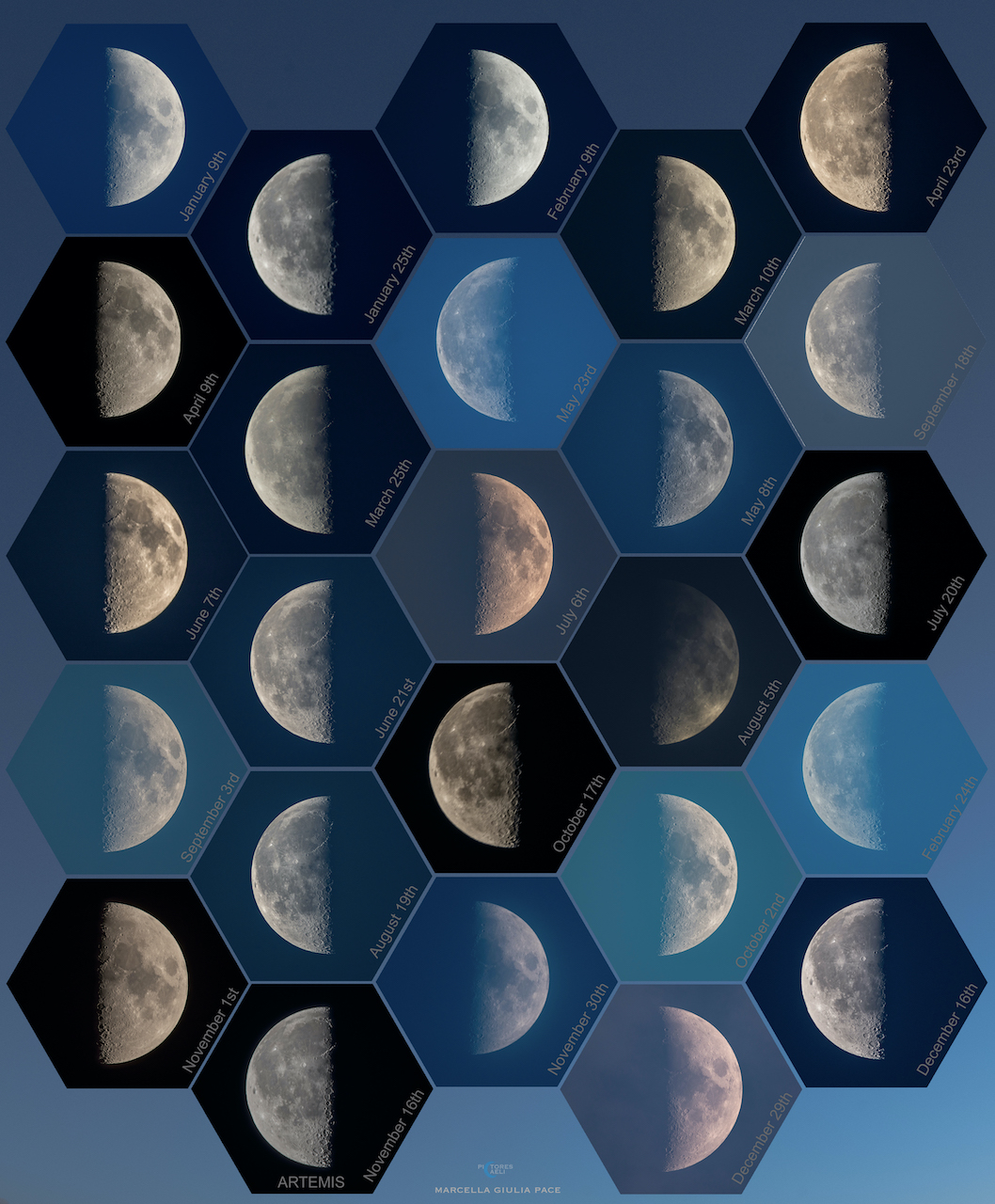

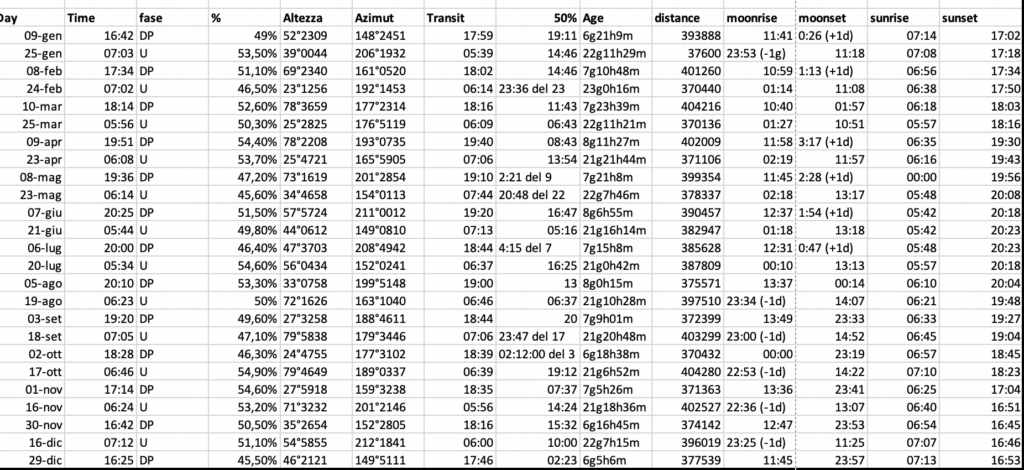
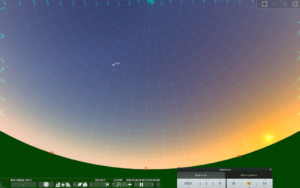
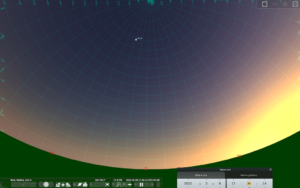
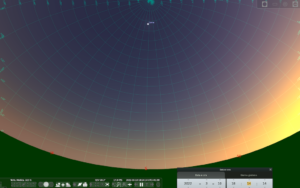
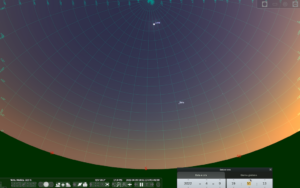
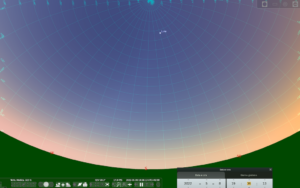
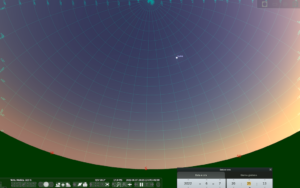
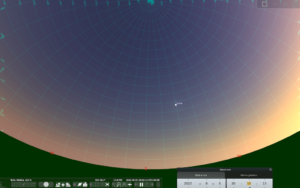


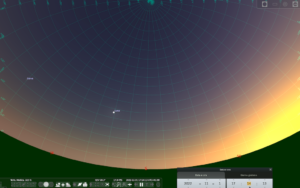
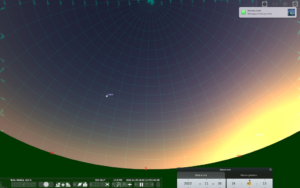
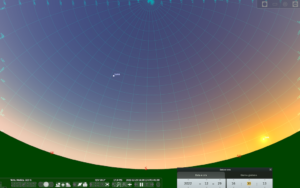
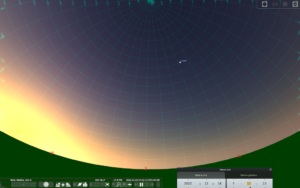
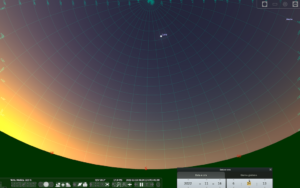
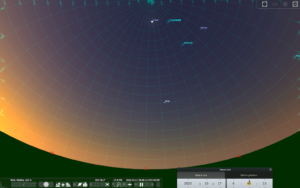
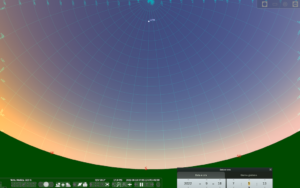
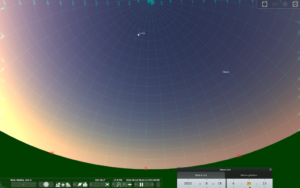
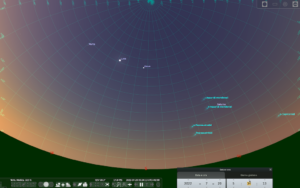

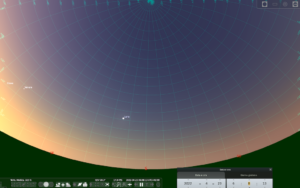
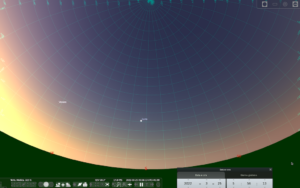
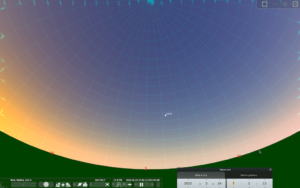
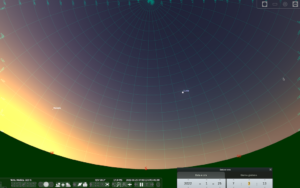
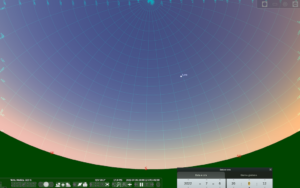

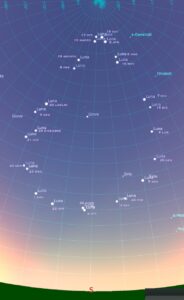
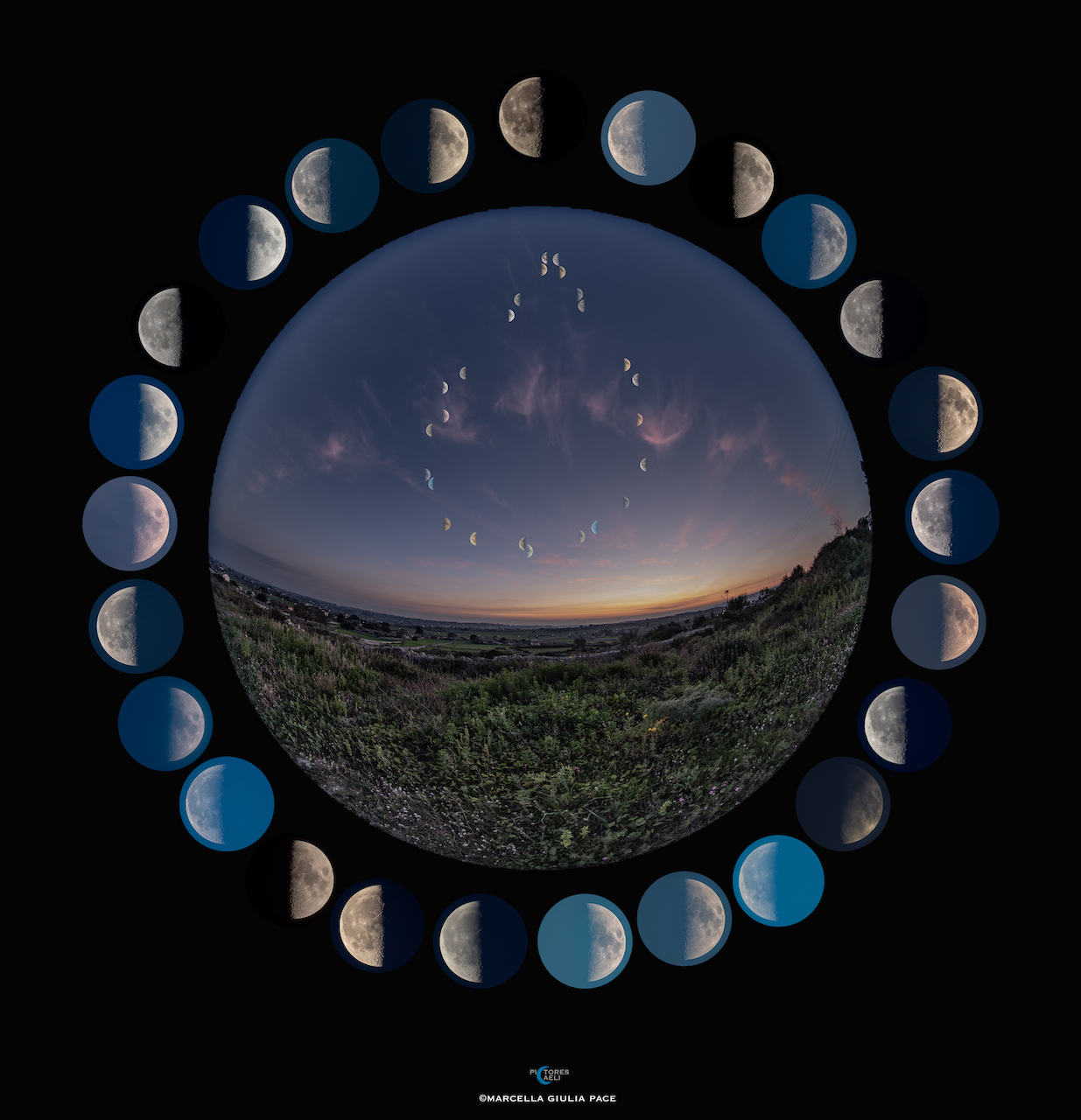

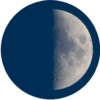
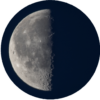
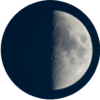
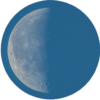

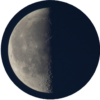
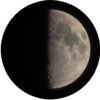

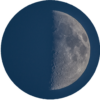
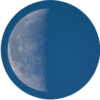

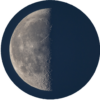
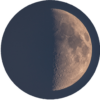
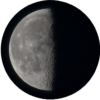
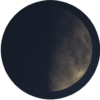
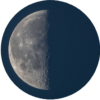
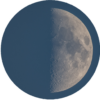

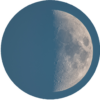
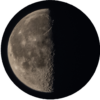
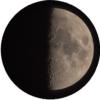
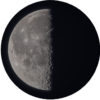
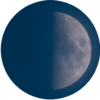
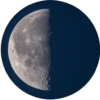
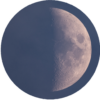
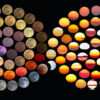
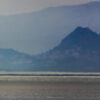
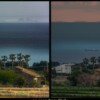
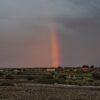
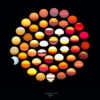
Recent Comments